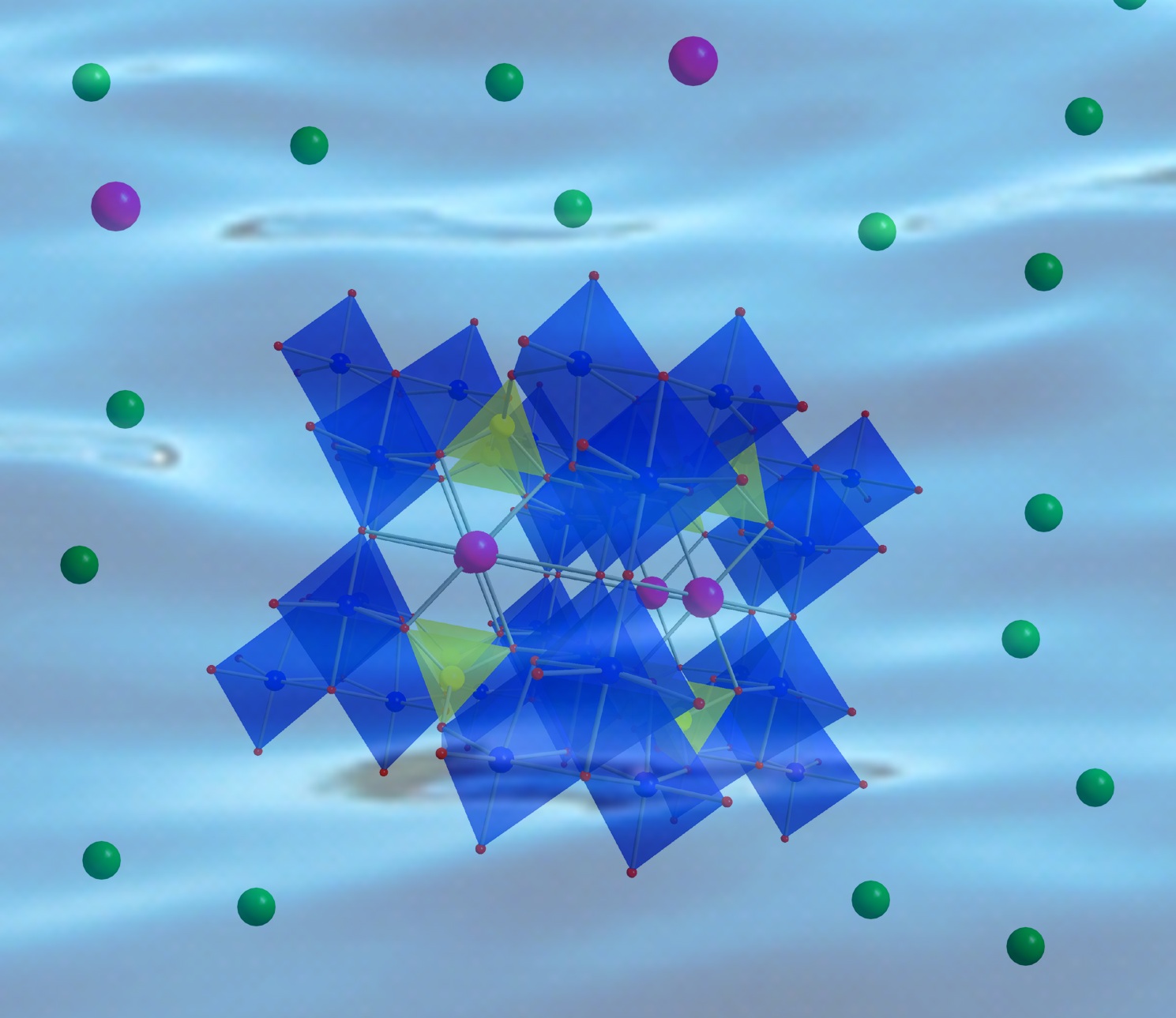Sandia Labs technology used in Fukushima cleanup
May 29, 2012

Crystalline silico-titanate, or CST, is an inorganic molecular sieve that can capture and separate highly volatile elements from radioactive wastewater (credit: Sandia National Laboratories)
A Sandia National Laboratories technology has been used to remove radioactive material from more than 43 million gallons of contaminated wastewater at Japan’s damaged Fukushima Daiichi nuclear power plant.
Sandia researchers worked around the clock following the March 2011 disaster to show the technology worked in seawater, which was pumped in to cool the plant’s towers.
Sandia scientists previously found that a certain class of synthetic zeolite is more effective in capturing some radioactive elements, like cesium, than other technologies.
So they created crystalline silico-titanate (CST) compounds: inorganic, molecularly engineered ion exchangers that can be sized specifically for cesium and other elements.
When high-level radioactive elements are removed from contaminated water with CSTs, the remaining lower-level radioactive waste can be treated in a more economical and less hazardous way.